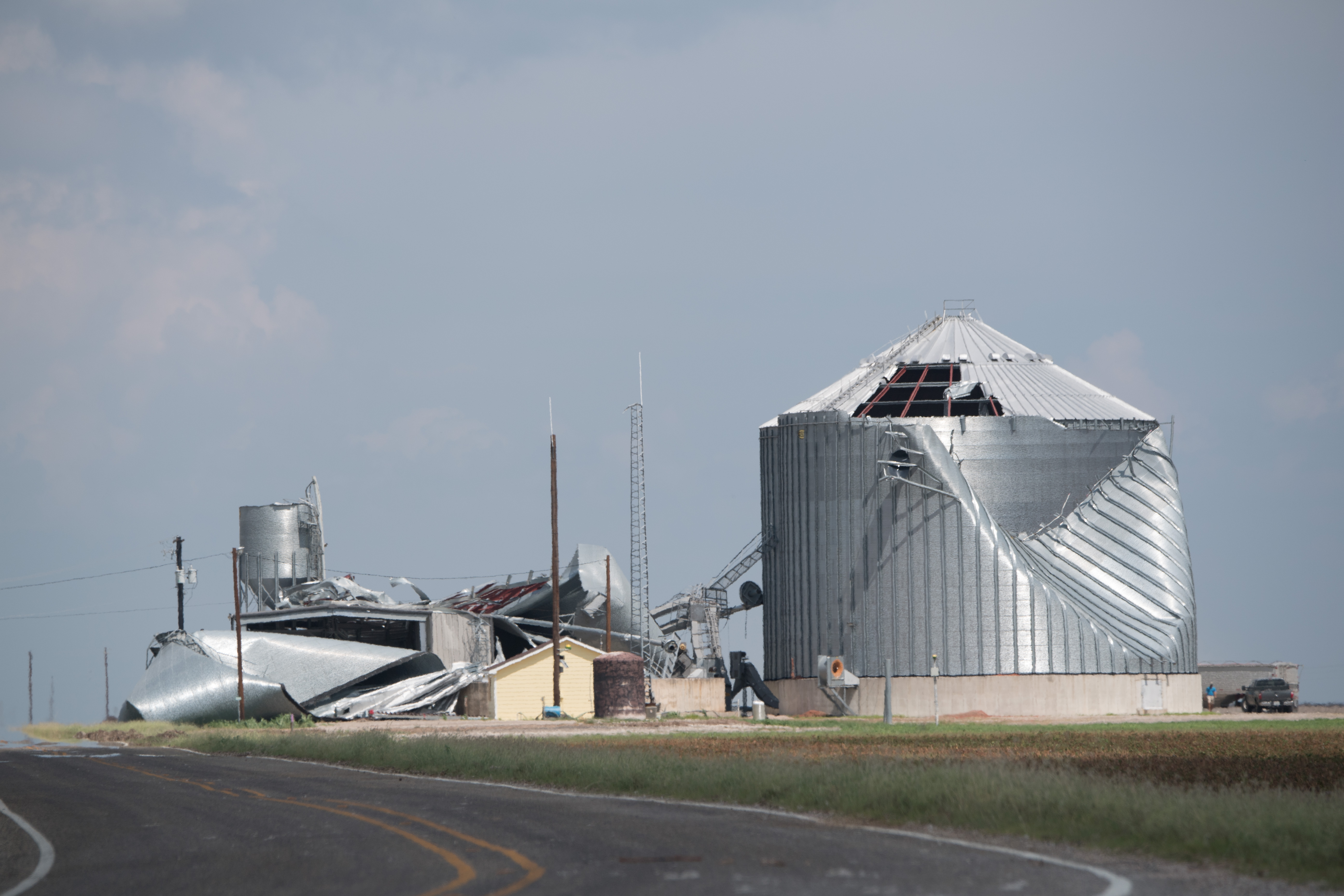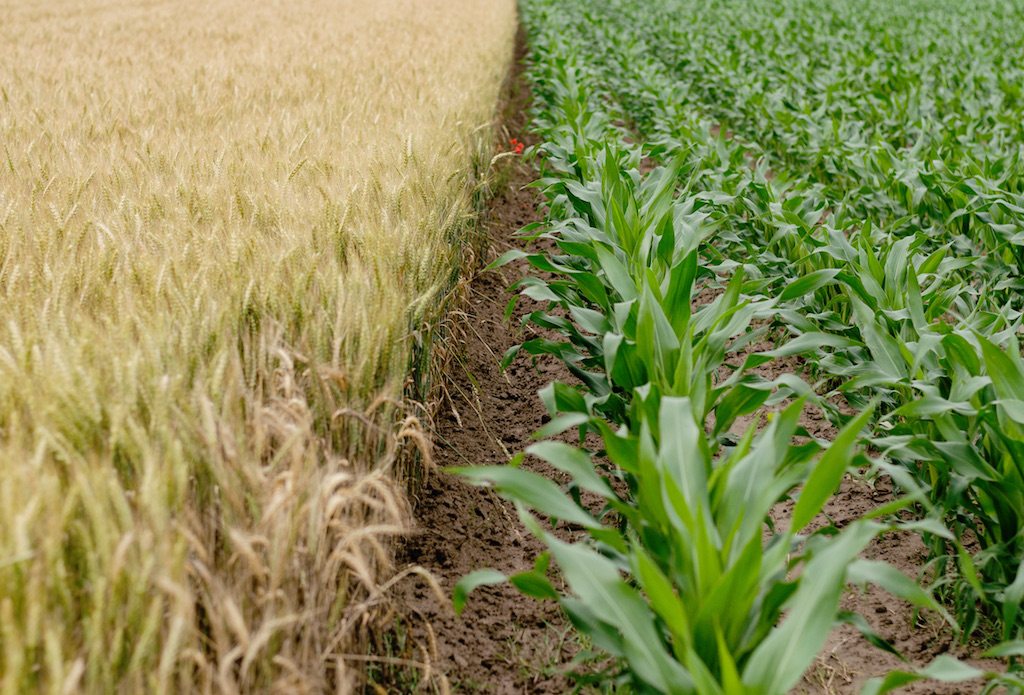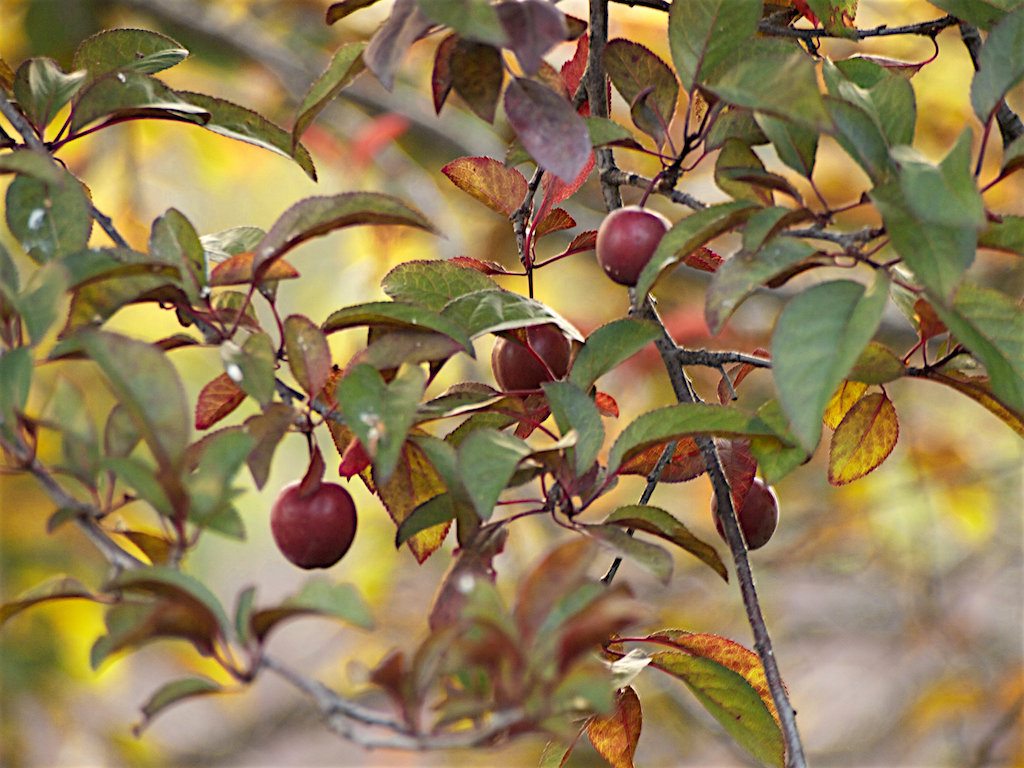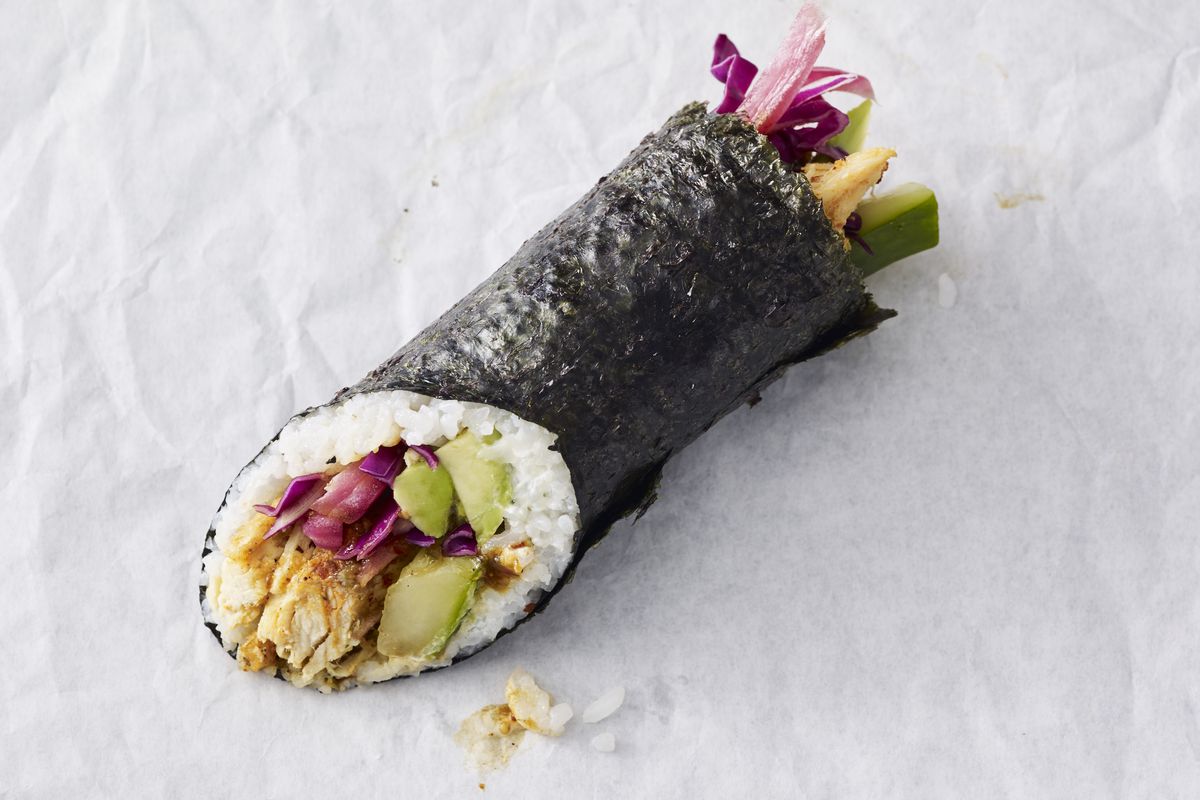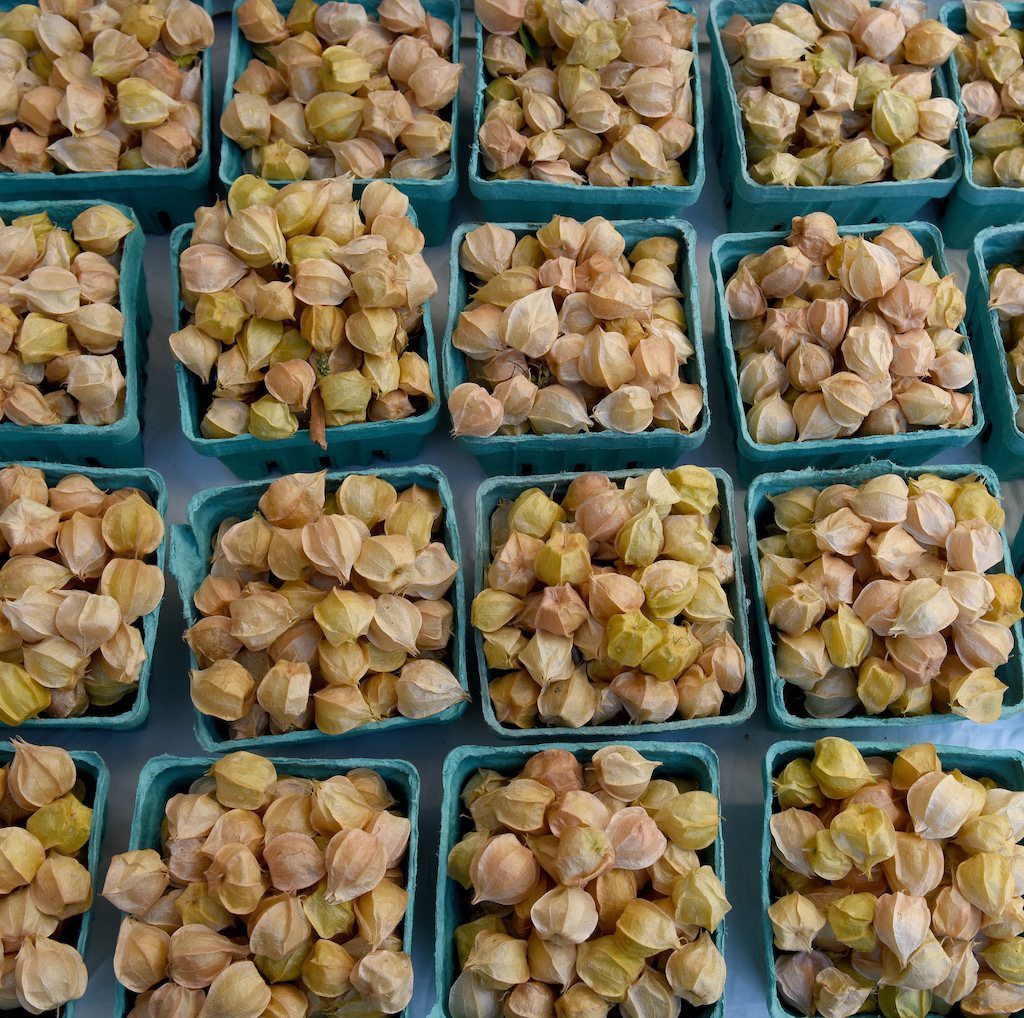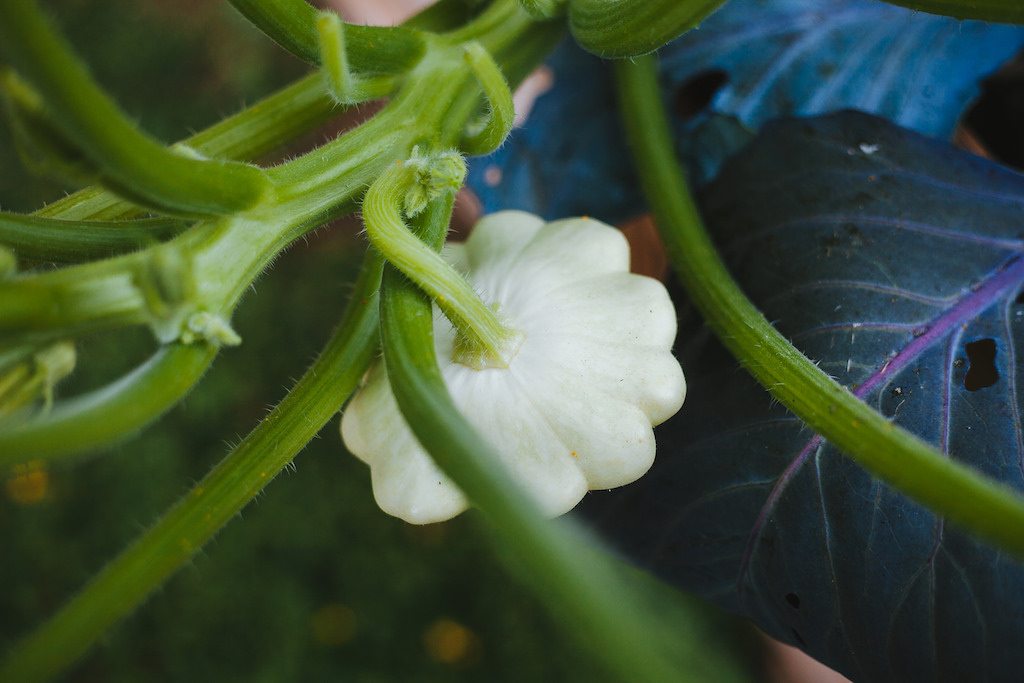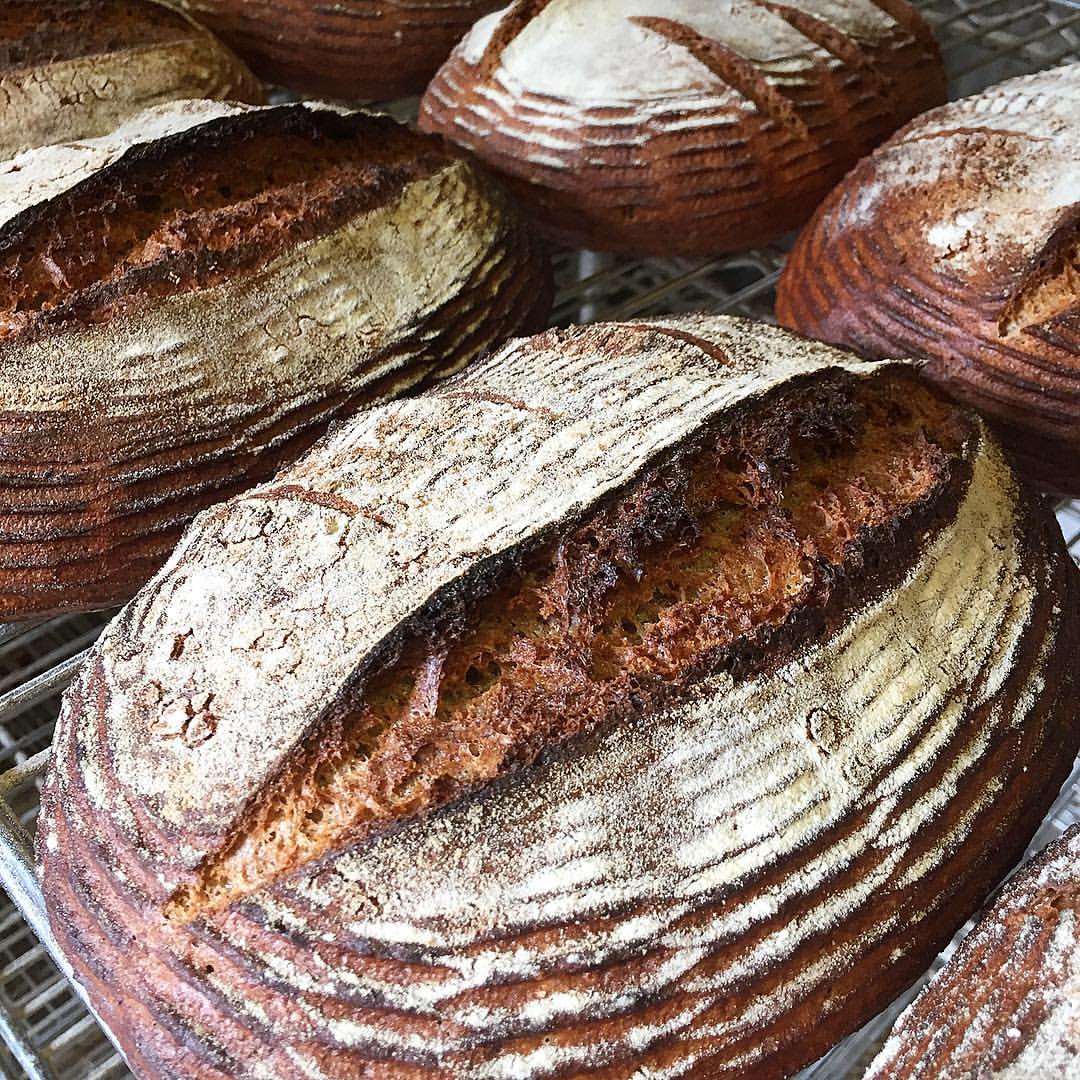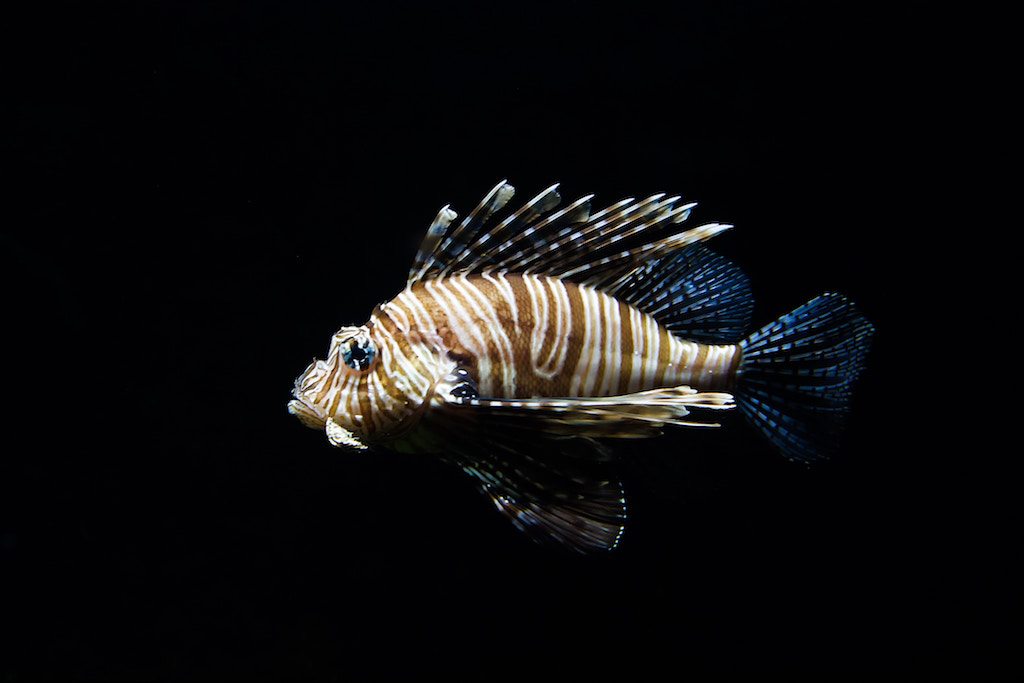Eighty-one billion dollars. That’s the sum that the House of Representatives approved in December to provide relief to areas impacted by natural disasters in 2017. H.R. 4667, as the bill is formally known, is earmarked specifically for damage resulting from wildfires and hurricanes. Take a look at the fine print, and you’ll see that only a sliver is reserved for losses to the agricultural sector. That’s right: $2.6 billion, or around 3 percent of that funding, is appropriated for expenses related to “crops, trees, bushes, vines, and livestock losses resulting from Hurricanes Harvey, Irma, Maria, and other hurricanes and wildfires occurring in calendar year 2017.”
But is that really enough?
Over a period of 10 months in 2017, America experienced 16 separate, billion-dollar weather and climate-related disasters. Those weather events carved paths of destruction straight through some of the most fertile and productive regions of the country, wreaking havoc on beef cattle ranches in Texas, soaking cotton and rice farms in Louisiana, orange groves in Florida, and burning up vineyards in California. And that was all before Southern California’s still-active Thomas fire, which began on December 4, and then closed in on the country’s primary avocado farms. It’s now the state’s largest-ever, in terms of total acreage.
 Ken Melban
Ken Melban It won’t be until the next harvest—beginning in the spring, when a tree fails to yield—that farmers might know the total extent of their misfortune
Below is a humbling—and evolving—chronicle of true American carnage. The kind only Mother Nature can conjure. Consider it an itemized receipt of the agricultural damage Congress is purporting to cover.
Hurricane Harvey
Category 4, August 23 – 30
Maximum number of Texas beef cows affected by Hurricane Harvey: 1,200,000
As a percentage of the state’s beef cattle: 27
As percentage of the country’s beef cattle: 4
Total dollar value of beef cattle lost to Hurricane Harvey, due either to weight loss or death: $23,250,000
~
Minimum cost of hay to feed a single beef cow through the winter: $126
Minimum tonnage of hay feed destroyed by Hurricane Harvey: 200,000
Cost of replacing that hay and other cattle feed: $55,800,000
~
Cost of replacing barns, fences, and other Texas beef cattle infrastructure destroyed by Hurricane Harvey: $13,950,000
Total dollars in damage to Texas beef industry by Hurricane Harvey: $93,000,000
~
Acres of harvested rice in Louisiana, the nation’s third-largest rice producer, lost or impacted by rains, including Hurricane Harvey, in 2017: 78,400
As a percentage of the state’s forecasted rice harvest: 20
As a percentage of the country’s forecasted rice harvest: 3
Dollar value of those crops, based on 2016 sales: $59,320,905
California wildfires
October—present
Acres of cherimoya trees in Santa Barbara County destroyed by the Thomas fire: 100
Total dollar value of Santa Barbara cherimoya fruit damaged by fire: $5,000,000
~
Acres of avocado fields in Santa Barbara and Ventura Counties threatened by wildfire: 5,260
Estimated pounds of Hass avocados in Ventura County lost to wildfire: 8,060,000
Total dollar value of that lost harvest: $10,175,750
Approximate percentage of American avocado crop threatened by wildfire: 8
Expected effect of wildfire on avocado prices in America, due to reliance on imports: 0
~
Winegrape acreage in Napa and Sonoma Counties: 104,847
As a percentage of total California winegrape acreage: 22
~
Estimated dollar value of unharvested Cabernet grapes in those counties, before the wildfires: $175,000,000
Estimated dollar value of those grapes, now tainted by smoke: $29,000,000
Bottles of 2016 Napa Cabernet you can buy for the price of two 2017 vintages, due to winegrape scarcity: 3

Hurricane Irma
Category 4, August 30 – September 11
Acres of sugarcane in Florida flattened by Hurricane Irma: 534,324
As a percentage of the state’s sugarcane production: 100
As a percentage of the country’s sugarcane production: 53
Dollar value of sugarcane damaged or destroyed by Hurricane Irma: $382,603,397
~
Acres of blueberry bushes in Florida ripped from beds by Hurricane Irma: 500
Cost to replace that acreage: $8,284,000
~
Aquaculture operations in Florida heavily impacted by Hurricane Irma: 150
Total value of product losses, including larval fish and shellfish that died during power outages and fish that escaped during flooding: $17,500,000
~
Number of Florida dairy farms impacted by Hurricane Irma: 100
Revenue lost due to dumped milk or lowered prices: $1,951,595
Revenue lost due to heat-stressed dairy cows that produce less milk: $7,500,000
~
Number of beef calves stressed by Hurricane Irma: 187,000
Average number of pounds they failed to gain: 50
Total pounds of beef lost to that stress: 9,350,000
Total dollar value of that lost beef: $14,025,000
~
Number of stressed Florida beef calves that won’t breed, or will miscarry, or whose calves will not survive to weaning age: 119,000
Beef calves that won’t be born, or will die before weaning age, as a result: 52,000
Total dollar value of those “lost” beef calves: $41,317,500
~
Number of Florida ranches damaged by Hurricane Irma: 6,000
Total dollars in damage to Florida ranches by Hurricane Irma: $126,000,000
~
Number of Florida farms affected by Hurricane Irma: 47,740
Total dollar value in citrus crop losses in Florida due to Hurricane Irma: $760,816,600

Hurricane Maria
Category 4, September 16 – 30
Percentage of Puerto Rico’s dairy industry production knocked out by Hurricane Maria, due to power outages and dairy cow deaths: 50
Number of dairy cows in Puerto Rico affected or killed by Hurricane Maria: 4,200
Approximate dollar value of milk produced annually in Puerto Rico: $219,300,000
~
Percentage of Puerto Rico’s poultry infrastructure destroyed by Hurricane Maria: 70
Chickens in Puerto Rico killed by Hurricane Maria: 2,200,000
Approximate dollar value of eggs produced annually in Puerto Rico: $13,720,000
~
Percentage of Puerto Rico’s coffee plants destroyed by Hurricane Maria: 50
Approximate dollar value of coffee produced annually in Puerto Rico: $29,520,000
~
Percentage of Puerto Rico’s overall crop value destroyed by Hurricane Maria: 80
Estimated dollar value of agricultural yields, including plantain, banana and coffee crops, lost to Hurricane Maria: $780,000,000
Estimated dollar value of storage facilities, irrigation systems, fences, and other agricultural infrastructure damaged by Hurricane Maria: $1,800,000,000

Total recall
Total dollars in California agricultural losses from wildfires, so far: $188,640,000
Total dollars in Texas agricultural losses from Hurricane Harvey: $200,000,000
Total dollars in Florida agricultural losses from Hurricane Irma: $2,558,598,303
Total dollars in Puerto Rico agricultural losses from Hurricane Maria: $2,800,000,000
Total: $5,718,598,303—and counting.
Sources: Hurricane Harvey data from Dr. David Anderson of Texas A&M AgriLife Extension Service, Kurt M. Guidry of LSU AgCenter, USDA Economic Research Service, and USDA National Agricultural Statistics Service (NASS). California wildfire data from Daniel A. Sumner, Ph.D. of UC Agricultural Issues Center, USDA NASS, Ben Faber, Ph.D. of UC Cooperative Extension Ventura, Ken Melban of California Avocado Commission, Agriculture Marketing Resource Center, and the California County Agricultural Commissioner. Hurricane Irma data from Florida Department of Agriculture and Consumer Services, and USDA ERS. Hurricane Maria data from the New York Times, Huffington Post and Eater reports, and USDA Census of Agriculture.
CORRECTION: An earlier version of this story incorrectly stated that the dollar value in crop losses in Florida due to Hurricane Irma was $760,816,600. In fact, this figure referred only to citrus crop losses. We regret the error.
